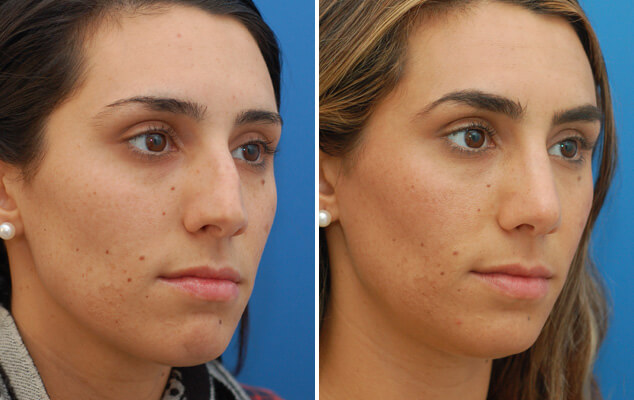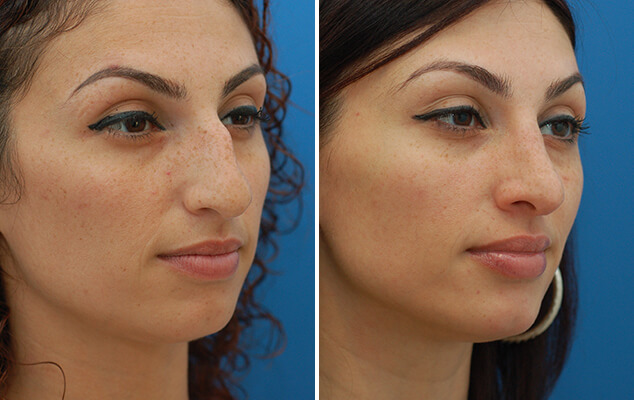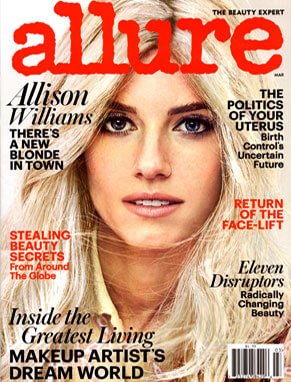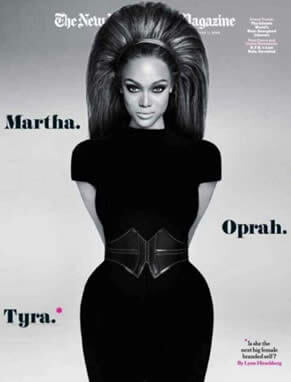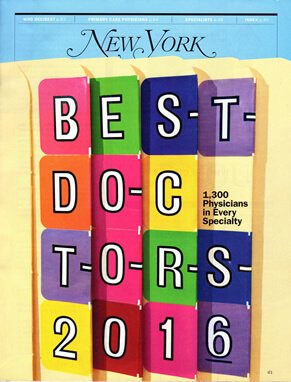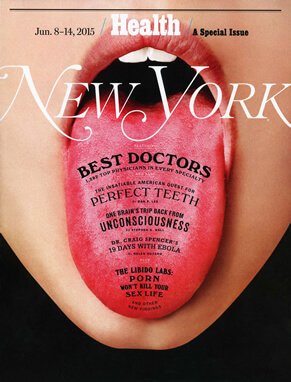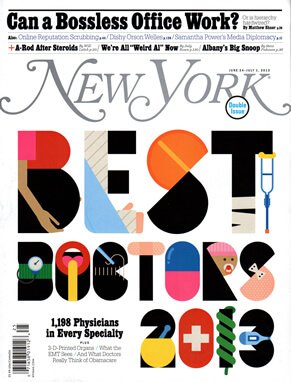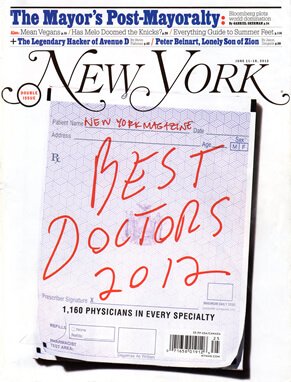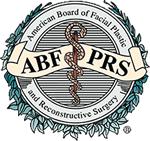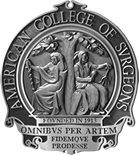Rhinoplasty is one of the most commonly performed facial plastic surgery procedures. Rhinoplasty or nasal reshaping can be performed to enhance your appearance, correct a traumatic deformity, or to improve breathing difficulties. Because the nose is the central and defining characteristic of the face, even a subtle alteration can cause dramatic improvement.
Since there is no ideal nose shape for everyone, the goal of rhinoplasty is to improve the shape of the nose so that it looks natural. Skin type, ethnic background, age, and personal preferences all play a role in the final result. Dr. Zimbler uses the latest, most innovative rhinoplasty techniques, which result in elegant, natural-looking noses without the harsh appearance of looking overdone. Nose surgery can be used to remove a nasal bump, narrow a wide tip, straighten a facial profile, and even narrow nostrils.
How do I know if rhinoplasty is right for me?
Rhinoplasty may be right for you if you want to achieve a nose that is more balanced with your facial features. Rhinoplasty can help contour the nose for a more harmonious shape that compliments your facial profile. Rhinoplasty can even help improve your breathing when combined with other medical procedures such as septoplasty for a deviated septum. For patients unhappy with rhinoplasty results from another plastic surgeon, revision rhinoplasty can correct or enhance the results of a previous nose job. If you would like rhinoplasty results without undergoing surgery, non-surgical rhinoplasty can provide quick results using dermal fillers with little to no downtime. By reducing nasal irregularities like a nasal bump, rhinoplasty can help you achieve a beautiful nose that compliments your facial features.
The rhinoplasty procedure
Rhinoplasty surgery takes place while the patient is completely sedated in an accredited surgical facility with a board certified anesthesiologist. Small incisions are made inside the nose, which allow cartilage and bone to be reshaped. A closed technique is when all incisions are made on the inside of the nose, also known as an endonasal rhinoplasty technique. While many rhinoplasties and revision rhinoplasties can be performed in this closed manner, some cases require an open rhinoplasty. An open or external rhinoplasty is defined as having similar incisions to the closed technique except 1 additional small incision is made at the base of the nose on the columella. This incision, which is only a few millimeters in length, heals extremely well and is nearly impossible to detect after rhinoplasty surgery.
Reasons for performing a closed rhinoplasty or open rhinoplasty are determined by Dr. Zimbler. There is increased maneuverability with an open rhinoplasty, as it provides Dr. Zimbler additional visibility when performing rhinoplasty. While there is no visible scarring with a closed rhinoplasty, open rhinoplasties have a higher degree of accuracy and effectiveness due to the increase in visibility. During a rhinoplasty procedure, other incisions on the outside of the nose can be performed to make the nostrils smaller. Tiny incisions hidden in the creases of the nostrils are made to narrow a wide nostril or to define an already thick nasal rim. Nasal tips can be refined and either elevated or lowered. The nasal profile is usually straightened, and the width is narrowed. Dr. Zimbler prioritizes natural-looking noses, which never appear overdone. The nasal and facial profile is a critical factor in obtaining this result.
Cartilage grafts are often used in rhinoplasty and can be obtained from either the nasal septum or the ear. These grafts are used to define and highlight points or strengthen the nose in certain regions to provide the desired cosmetic result. In most cases, there is ample septal cartilage for grafts. In some revision rhinoplasty cases, the septal cartilage may have already been removed, and ear cartilage may be required. Ear cartilage or auricular cartilage can be harvested through a tiny incision in the ear, which does not change the shape or appearance of the ear. A cartilage graft is needed when there is not enough septal cartilage in your nose to properly contour your nose. In many revision rhinoplasty surgeries, septal cartilage has already been manipulated or removed, so additional cartilage is needed from another donor site, such as the ear.
A very large portion of ear cartilage can be removed without any dramatic changes in the shape or appearance of your ear. In more dramatic cases, cartilage may need to be obtained from both ears when larger cartilage grafts are needed. In traumatic nasal deformities in large revision cases, cartilage can also be obtained from the rib cage. If rib cartilage is needed, Dr. Zimbler will discuss this in length with you prior to your rhinoplasty surgery.
If you have difficulty breathing through your nose, this can be corrected at the same time as rhinoplasty surgery. The procedure is done under anesthesia in an accredited outpatient surgical facility and takes between 2 to 3 hours. Many patients also opt to undergo additional facial plastic surgery for more beautiful, harmonious results. A chin implant or neck liposuction is often performed at the same time as rhinoplasty to balance the nose with the remainder of the face.
Deviated septum, breathing problems, and sinus surgery
Many patients who request rhinoplasty surgery often complain of nasal obstruction, breathing difficulty, snoring, or sinus conditions. These conditions are, for the most part, unsuccessfully treated with medications and antibiotics. In this case, correcting these issues at the time of surgery is ideal. It requires only 1 surgical operation and recovery time. Nasal breathing difficulties are most commonly caused by a deviated septum. The nasal septum is the cartilage structure that separates one nostril from the other. This deviation can be congenital, worsen with age, or be the result of a nasal injury or fracture. Septoplasty is the procedure in which portions of twisted septal cartilage and bone are removed to improve the nasal passage and increase air flow.
Turbinate reduction surgery
Often with septal deviations, turbinate hypertrophy is possible. The nasal turbinates are the humidifiers of the nose and swell to moisten air. This swelling is cyclical and can often be worse at night, explaining why many patients have difficulty breathing in their sleep and, in some cases, suffer from snoring. Turbinate surgery is typically performed in conjunction with septoplasty and rhinoplasty surgery to improve nasal breathing. Dramatic turbinate procedures, which often remove the inferior turbinate, have been abandoned over the past few years because they have caused even more nasal problems. Dr. Zimbler performs limited turbinate reduction surgery, which often involves leaving the turbinate intact but shrinking the tissues with lasers or ultrasound therapy.
Sinusitis
Sinus infections or sinusitis is different than nasal airway breathing problems. Sinusitis is an infection of the nasal sinuses which can cause nasal swelling, breathing difficulties, and blockage. Sinusitis is often treated with antibiotics. In many cases, patients require multiple treatments of antibiotics without any resolution of their symptoms. In these cases of recurrent sinusitis, a CT scan can determine if you would benefit from sinus surgery. Sinus surgery is performed with small nasal instruments and an endoscopic probe inside the nose. Septoplasty surgery is often performed in conjunction with rhinoplasty surgery. If Dr. Zimbler suspects you may have recurrent sinusitis, he will examine your nose with an endoscope in the office to make sure you do not have an active nasal infection or nasal polyps. A CT scan is often required to determine the extent of a sinus disease before any surgery is performed.
See the results of your rhinoplasty with nose surgery simulation imaging
Computer imaging is an excellent way for facial plastic surgeons to show the patient how they anticipates the outcome of the surgery. Computer imaging is an opportunity for both the patient and surgeon to see exactly what the possible results will look like. This session will help stimulate dialogue between you and Dr. Zimbler so that there are no surprises before, during, or after rhinoplasty surgery. Patients may require changes that may not be obtainable because of anatomy or skin thickness. These imaging sessions are a way to describe to the patient what constitutes a realistic aesthetic outcome during cosmetic rhinoplasty surgery. Medical imaging is also very helpful in revision rhinoplasty cases or secondary rhinoplasty where changes may be very dramatic or very subtle.
Rhinoplasty recovery time
The average healing time following rhinoplasty surgery is approximately 1 week, but some patients may experience a quicker or slower recuperation process. A splint is applied to the nose after a rhinoplasty procedure and remains in place for 1 week. Swelling and bruising under the eyes is to be expected; these symptoms do not last long and usually resolve within 1 week. Ice packs should be applied the first few days after rhinoplasty surgery to minimize discomfort and to promote proper healing. Light exercise can be started 2 weeks after surgery. Nasal swelling decreases dramatically the first few weeks after surgery, and you will experience continuing results in the months following your rhinoplasty surgery.
What to expect following rhinoplasty surgery
Certain physical changes should be expected following rhinoplasty. Some individuals experience all of the following changes, and others experience only some. The degree to which each person is affected varies with each patient. Most patients experience some swelling and mild bruising around the eyes. Blood-tinged nasal discharge is not unusual for the first few days following your rhinoplasty surgery. Breathing may be difficult for the first 2-3 weeks after rhinoplasty, while numbness or stiffness of the nose may take longer to resolve.
After your splint is removed, your nose will be swollen and may need to be retaped for several more days. Nasal swelling resolves slowly over time, but most of the swelling resolves within the first few weeks. You will notice continuing rhinoplasty results and a reduction in swelling in the months following your rhinoplasty procedure. We advise you to avoid physical exertion, extreme physical activity, heavy lifting, or any strenuous actions for 1-2 weeks after rhinoplasty surgery. It is also important that you rest often during the days following your rhinoplasty surgery.
If any questions arise or you are concerned about something you consider significant, please do not hesitate to communicate with us. We advise that you please keep your head elevated for 48 hours after rhinoplasty surgery. Make sure you try to sleep on your back with the support of several pillows. Cold ice packs to the eyelid region can help further diminish swelling. Change the dressing under your nose routinely until the drainage stops. If you have packing in your nose, please do not disturb it. The packing will be removed in our office after your rhinoplasty procedure.
You should start your antibiotic prescription the evening of rhinoplasty surgery and take the medication until completed. Prescription pain medication may not always be required. Tylenol® may be substituted when appropriate. If you have a cast on your nose, please do not disturb it. Your cast will be removed at our office 1 week following your rhinoplasty procedure. Please keep your rhinoplasty cast dry until you return to our office. If you have sutures on the undersurface of your nose, gently clean the suture line 3 times a day. This is done with hydrogen peroxide on a clean Q-tip to remove any excess crusting of the skin. After cleansing, apply a thin layer of a topical antibiotic ointment over the suture. Do not blow your nose until instructed. If you need to sneeze, open your mouth so that the sneeze does not travel through your healing nostrils. Do not rest eye glasses or sunglasses on your nose during your rhinoplasty recovery.
Revision rhinoplasty
Revision rhinoplasty is typically required when patients have had nose surgery years ago when surgical techniques were not as advanced as they are today. Revision rhinoplasty is sometimes required if the cosmetic portion of the procedure compromised the functional portion causing a breathing problem. Revision rhinoplasty is also needed if scarring occurred or if the recuperation period did not progress well. Rhinoplasty surgery is a very challenging facial procedure that may require revisions if performed by a less skilled plastic surgeon. One of the most respected and sought-after facial plastic surgeons in NYC, Dr. Zimbler has gained highly specialized training and dual board certification in both facial plastic surgery and otolaryngology. Dr. Zimbler has become an expert in revision rhinoplasty in New York.
Some patients who need revision rhinoplasty may have lost trust in the procedure or not understand how revision rhinoplasty can correct the mistakes of a previous rhinoplasty. Dr. Zimbler and his staff are well-trained rhinoplasty experts who can help you with problems such as this. Dr. Zimbler uses medical imaging to extensively plan for revision rhinoplasty. Dr. Zimbler will create an effective rhinoplasty surgery plan that will provide natural-looking improvements. Patient-oriented, Dr. Zimbler will work with you as long as you need to provide the most pleasing rhinoplasty results.
After meeting with our rhinoplasty surgeon, it will be clear to any patient how caring and detail-oriented Dr. Zimbler is. Secondary rhinoplasty surgery requires more time to heal than primary rhinoplasty surgery, so final results may not be visible for a few months following your rhinoplasty procedure. Cartilage grafts from the septum, ear, or rib may be required in secondary surgery, making this procedure a complex operation that needs to be handled carefully by a skillful facial plastic surgeon like Dr. Zimbler.
Revision rhinoplasty can help treat:
- Pinched nostrils
- Hollowed profiles
- Narrow frontal views
- Breathing difficulties
- Turned-up noses
In many cases, revision rhinoplasty surgery is required because too much septal cartilage was removed and the nose looks overly done or turned up. Dr. Zimbler will review with you in detail his approach and surgical plan on how to deal with each of these particular issues. Although significant improvement should be expected, patients undergoing revision surgery should realize that outcomes vary from patient to patient. Revision rhinoplasty can significantly improve the effect of a previous rhinoplasty, but realistic goals are a prerequisite to revision rhinoplasty.
Learn More About
Revision Rhinoplasty
Non-surgical rhinoplasty
The non-surgical nose job or 15-minute nose job is an in-office procedure in which nasal shape can be improved with simple injections rather than extensive surgery. A non-surgical nose job is performed in the office with minimal discomfort and simple topical numbing cream. Various FDA approved dermal fillers are used to contour the nasal profile and tip. Through precise injections, nasal bumps and irregularities are easily camouflaged. Some dermal fillers are made from calcium hydroxylapatite crystals, similar to the material found in teeth and bone, so it is an ideal substance to place in the nose along the nasal bridge. The results typically last 8-12 months, but a non-surgical nose job only takes a few minutes with minimal downtime and only mild discomfort. Bruising and swelling can occur but typically resolve within a few days.
For patients who are considering rhinoplasty surgery, this is a great way to see what is possible before actually undergoing rhinoplasty surgery. For those not interested in rhinoplasty surgery, a non-surgical nose job can help you avoid going under the scalpel. Non-surgical nose jobs are also ideal for patients who have undergone a previous rhinoplasty and were unhappy with the results. By simply injecting contour irregularities, results can be obtained without undergoing extensive revision rhinoplasty surgery.



